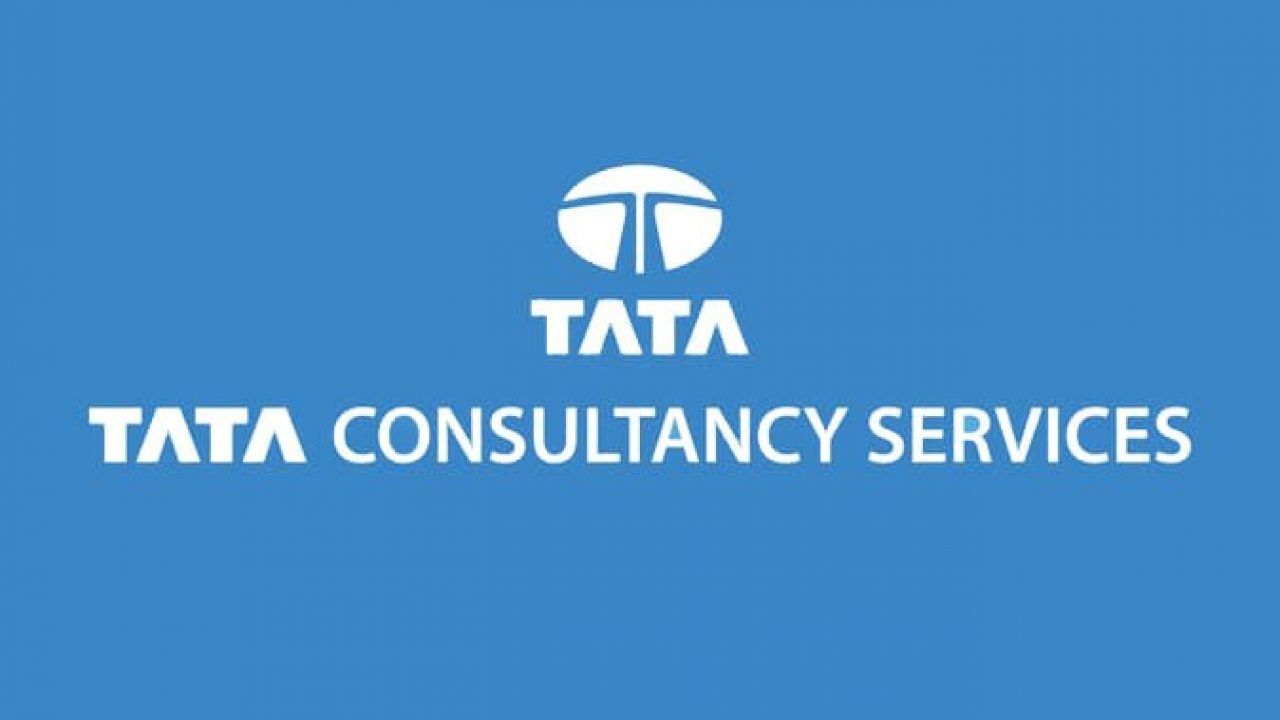India's Losing Battle Against Malnutrition
Tuesday March 18, 2008 , 2 min Read
In a report entitled, “India’s Malnourished Children: A Call for Reform and Action,” the World Bank warned that malnutrition is a problem with “dire consequences for morbidity, mortality, productivity and economic growth.” According to a recent Reuters article, this is especially true in India, where millions of babies are born “underweight and then underfed during the crucial early stages of development,” thereby resulting in stunted physical and mental growth. Moreover, malnourished children “end up less productive workers, too, costing India about 3 percent of national income.”
In an attempt to ameliorate this crisis, the National Rural Health Mission (NRHM) has established several “nutrition centers,” or special clinics for malnourished children. Currently, there are 60 such clinics in Madhya Pradesh, with hopes of expanding to other parts of the country as well:
The scheme is intended to plug gaps in an older program that failed to reach children in the most critical first two years of life, educate mothers about nutrition and reign in corruption which meant free food handouts went missing.
However, UNICEF staff members warn that the scheme has its shortcomings:
More after the jump.
Limited beds at the nutrition clinics are far from an end in themselves. They are a last resort, taking in only the most dangerously undernourished children. Two weeks later, they are discharged, most still malnourished, but no longer quite so at risk of dying.
Considering problems associated with cost, scalibility, human resources, and training/skills required of staff, would ready-to-use-therapeutic foods (RUTF) be a more viable, less resource-intensive, and efficient means of addressing the malnutrition crisis? What benefit could vitamin and mineral fortifed food products engineered by companies such as Grameen Danone have in India’s case?
What do you think? What role can RUTF play? Should the Indian government consider partnering up with the private sector in order to address this problem? What role do you think community health organizations can play in this process (specifically those that train field-level health workers – see SEWA Rural)? What kind of partnership do you envision would be most effective, particularly from the lens of social entrepreneurship?










